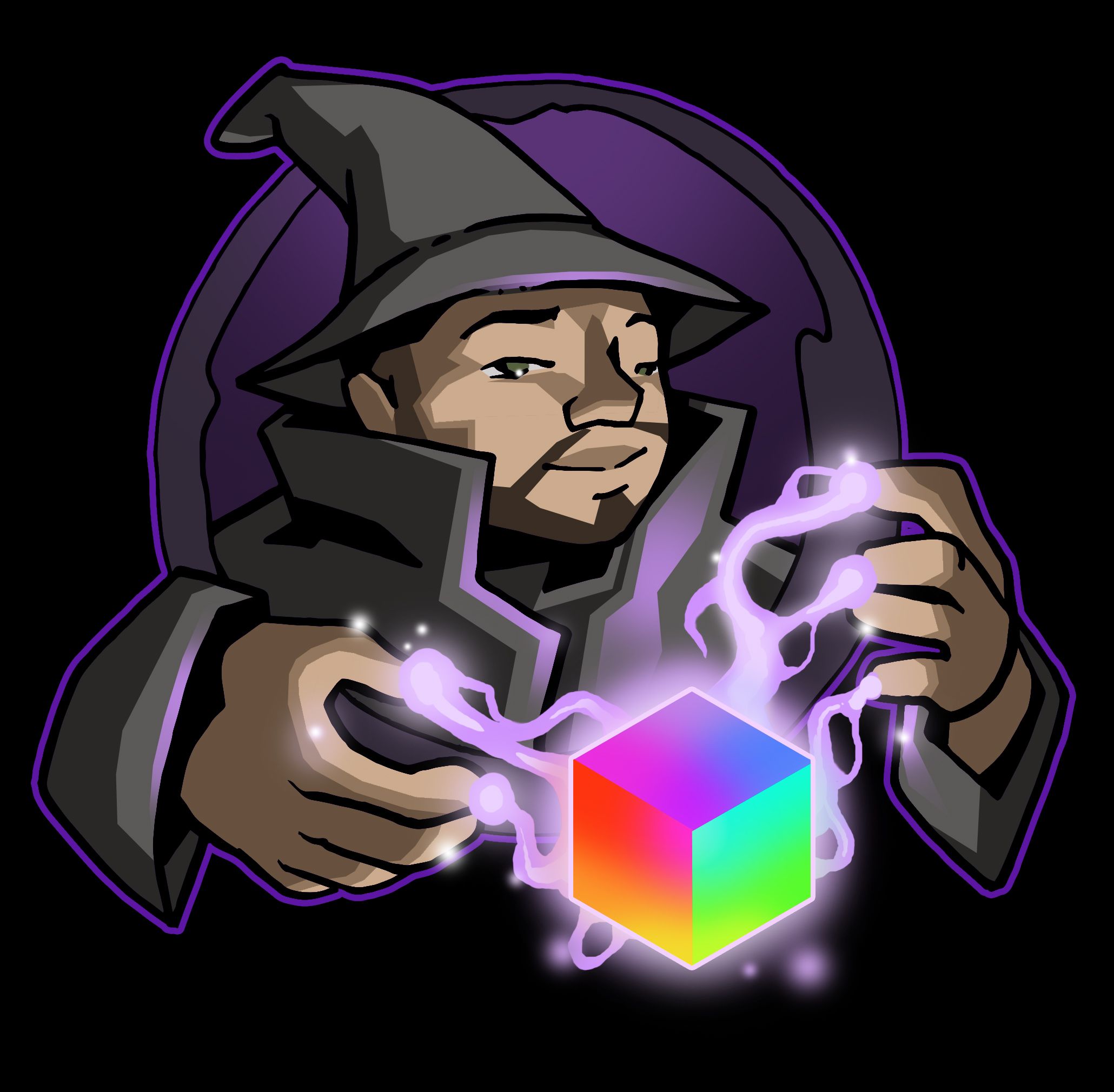Project update 4 of 11
Manufacturing, UI Controls, POV!
by Benjamin HHappy Holidays! In this update: manufacturing update, UI controls, and persistence of vision!
Last week we took Thanksgiving to appreciate what we have. A big part of that this year is of course YOU for making the Pixelblaze Crowd Supply campaign such a success. Thank you for supporting Pixelblaze, and may all your holiday’s blink with cheer.
Even with the holiday break, we have almost 300 new Sensor Boards built, tested, and packaged up.
We’re sourcing remaining parts for Pixelblaze V3 Standard and Pico, and 2020 is throwing more curveballs! The supply chain is getting really wonky, and businesses are starting to panic-buy components, exacerbating supply issues. We never thought toilet paper and microcontrollers would have viruses in common!
LEDs for the 8x8 LED Matrix should get here this week, and will be next on the production line!
User Interface Controls
Did you know you can create patterns that have user interface controls like sliders and color pickers?
Pixelblaze makes it super easy, just write a handler function to do something with the input. You can make sliders and color pickers in either RGB or HSV color space. The control name and type are based on the function name.
Here are the controls for a simple pattern that lets you pick a color and control the sharpness and location as it’s drawn on the LEDs:
And the code to make this happen:
//make a color picker UI control
export function hsvPickerColor(h, s, v) {
//store the chosen color into global variables
hue = h
saturation = s
value = v
}
//make a sharpness UI slider to spread the color across the whole strip or sharpen to a spot
export function sliderSharpness(v) {
sharpness = v*v * 100 // give a range of 0-100 with more control at the lower end
}
//make a location UI slider
export function sliderLocation(v) {
location = v
}
You can find the full source on the pattern site, look for "Single Color Picker - wide or spot" then click on the title to see the source.
PBPPPOV (Pixelblaze Pico Powered Persistence Of Vision)
Try saying that 5 times fast!
We wanted to try the Pixelblaze V3 Pico with POV. The small size opens up some really sleek build options. By the way, did you know that Pixelblaze and most LEDs can run at LiPo voltages? They can!
There’s a certain beauty in generated patterns that goes beyond what you typically get with image based pixel POV. Here are some of the existing patterns, tweaked slightly to speed up to POV-time.
This proof-of-concept build is nothing too fancy, just a Pixelblaze V3 Pico, a LiPo, and some SK9822 LEDs on a stick, but we hope to have a real poi or staff to demo soon. The SK9822 can do both HDR and POV at the same time, which is really cool to see in person!





